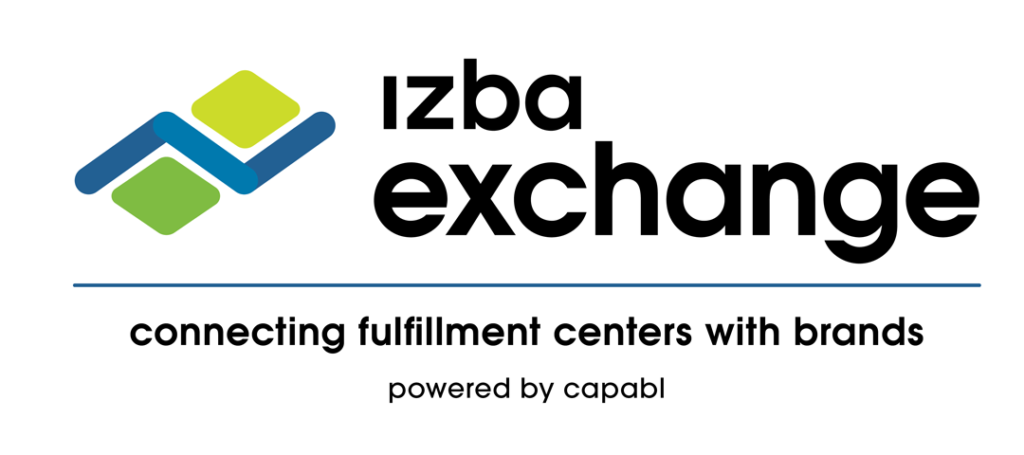Expanding from an e-commerce business to a retail model can be a thrilling yet challenging endeavor. To shed light on this transition, we’ve gathered insights from industry experts, Stacy Tan and Jessica Varon from Supply Pike who share their experiences, lessons learned, and strategies for success.
Join us as we explore the complexities of brand voice, customer journey, supply chain management, and the crucial role of understanding target demographics in this transition.
Understanding the Customer Journey in E-commerce and Retail
To begin, our guests delve into the nuances of the customer journey in e-commerce versus retail. Jessica highlights the importance of establishing a strong brand identity in the e-commerce space and then tailoring it to resonate with the specific demographics of retailers in the retail sector.
The discussion revolves around the creativity required in marketing and the need to connect with individual customers through various channels.
In e-commerce, businesses have the advantage of directly interacting with customers online. They can leverage data analytics and customer feedback to tailor their marketing messages and product offerings. However, in the retail space, where customers have numerous options, businesses need to adapt their strategies to stand out on crowded shelves and capture shoppers’ attention.
Leveraging D2C Success in the Retail Space
Jessica and Stacy explained how successful brands leverage their direct-to-consumer (D2C) experiences when entering the retail market. Stacy emphasizes the significance of maintaining a distinct brand voice while adapting it to suit the target demographic of each retailer.
This part of the conversation focused on the delicate balance between maintaining brand integrity and meeting the unique requirements and expectations of retail buyers.
Businesses that have established a strong D2C presence often possess valuable insights about their target customers, including their preferences, purchasing behaviors, and demographics.
When transitioning to retail, these businesses can leverage this data and information to curate product assortments and marketing strategies that align with the target retailer’s customer base. By blending their D2C success with the specific needs of retail buyers, brands can increase their chances of success in the retail space.
Building an Omnichannel Brand
Aaron Alpeter, founder of Izba, highlights the difference between D2C and retail by saying, “You build a brand in D2C and you build a business in the retail sector.” He emphasizes the need for D2C brands to become omnichannel, effectively communicating their value proposition to customers across different channels.
Discussing how priorities shift from traffic generation in e-commerce to conversion optimization in retail, Aaron showcases the importance of an omnichannel approach that allows businesses to seamlessly connect with customers across multiple touchpoints, providing a consistent and cohesive brand experience.
While e-commerce primarily focuses on generating website traffic and online conversions, retail requires a different approach.
Retailers must optimize their in-store experiences, including visual merchandising, product placement, and customer service, to drive conversions and create positive brand impressions. By combining the strengths of both channels, businesses can enhance their brand presence and cater to a wider customer base.
Challenges and Lessons Learned
Drawing from their experiences, Jessica reflects on Harry’s transition from a digitally native e-commerce brand to an omnichannel retailer. Jessica sheds light on the challenges faced, including compliance standards, inventory management, and supply chain optimization.
The discussion emphasizes the importance of understanding retailer compliance guidelines, fostering cross-team collaboration, crafting a well-thought-out launch strategy, and optimizing shipping and logistics.
Navigating the complex world of compliance is crucial for retailers. Each retailer has its unique compliance standards, and understanding and adhering to these guidelines is essential for building strong partnerships and avoiding costly penalties or supply chain disruptions.
The duo from Supply Pike stresses the importance of conducting thorough research, building relationships with compliance teams, and implementing processes that ensure compliance across the board.
Fostering cross-functional collaboration is another key aspect of a successful transition. Breaking down silos and promoting a unified approach across departments such as sales, marketing, operations, and supply chain enhances overall efficiency and reduces lead times.
Additionally, developing a well-crafted launch strategy that accounts for potential challenges and capitalizes on growth opportunities is essential for a successful transition to retail. This includes conducting thorough market research, identifying target retailers, building relationships with key stakeholders, and implementing effective marketing and promotional campaigns.
As per Jessica, Stacy and Aaron, businesses heading into retail should be making sure they think of a reliable exit strategy. In case things go bad, and they often do, you’d want to have dependable ways to off-load excessive inventory and keep all your other sales channels working.
Navigating Shipping and Logistics Challenges
The experts discuss the challenges and strategies associated with shipping and logistics during the transition to retail. Stacy highlights the importance of meeting retailers’ expectations for on-time delivery, fulfillment accuracy, and seamless operations.
Not going through lengthy routing guides, packaging and labeling requirements, and policies such as the ‘On Time In Full’ for retailers, like Walmart, can prove very costly every time you mess things up.
Evaluating current shipping and logistics capabilities, optimizing transportation routes, leveraging technology for real-time visibility, and establishing strong partnerships with reliable carriers and 3PL providers are crucial steps to ensure smooth operations and customer satisfaction.
The Financial Impact of Retail: Calculating the True Cost
Understanding the financial implications of deductions and returns is crucial for businesses to accurately assess their profitability. Pricing, margins, and the overall cost structure are all affected by these challenges.
Deductions and returns impact pricing and margins in the retail industry. When pricing products, businesses must consider potential deductions, including the defective allowance, to ensure they maintain their desired margins. Failure to account for these deductions can lead to reduced profitability.
The 5% Allowance: Bribe or Cost of Goods Sold?
Many retailers have a 5% allowance for defects, damages, and other issues related to merchandise. Why?
This allowance, as Aaron speculates, can seem like “a bribe for them to not return stuff.” This comment finds its justification in the current state of retail returns that sometimes come with reasons as absurd as the retailer saying they bought too much or the product just isn’t the best in class anymore.
Suppliers must consider this as part of the cost of goods sold (COGS) and carefully analyze the impact of this allowance on their profitability and consider it when setting their prices.
Beyond the 5% allowance, businesses may face additional deductions. These can include chargebacks for non-compliance with retailer requirements, fines for late deliveries, or even deductions due to incorrect packaging or labeling.
On average, suppliers experience around 6% off invoice deductions, which retailers, like Walmart, automatically apply. Understanding and minimizing these additional deductions is crucial for maintaining profitability.
Learning from Deductions and Fines
Deductions and fines can significantly impact a business’s bottom line. Our experts emphasize the importance of understanding different types of deductions, such as off-invoice deductions and compliance-related fines, and their financial implications.
By analyzing and learning from deductions, businesses can identify areas for improvement, strengthen supplier agreements, invest in operational efficiency, and strike a balance between deductions, returns, and overall operational costs.
To top it off, retailers have been actively seeking ways to replicate the convenience and variety of online shopping within their physical stores, with initiatives like Walmart’s Item Swap or QuickMods program which basically means that retailers can take your product off their shelves in a month.
Jessica and Stacy also cautioned suppliers about the potential challenges associated with such programs, such as sudden product swaps that can impact inventory planning and financial stability.
Takeaway
The transition from e-commerce to retail requires careful consideration of various factors. Insights from Supply Pike experts provide valuable advice on understanding the customer journey, leveraging D2C success, building an omnichannel brand, overcoming challenges, and learning from deductions.
By implementing these strategies, businesses can confidently embark on this transformative journey and achieve success in the retail industry. From understanding the customer journey to optimizing supply chain management, the transition from e-commerce to retail becomes a manageable and rewarding endeavor.
About Stacy Tan
Stacy Tan, the VP of Retail Insights at Supply Pike, brings her extensive background in supply chain replenishment and sales to the table. With years of experience in the industry with companies like Walmart and Sam’s Club, she provides valuable insights on deductions and revenue loss management within the retail space.
About Jessica Varon
Jessica Varon is a New York native with a Supply Chain and Revenue Recovery background. In her current role as Retail Insights Manager, she supports the internal teams (Product/Sales/Marketing/Customer Success), as well as clients whenever they need retail-specific feedback/insights/information.
About Supply Pike
Supply Pike is a leading provider of supply chain solutions that empower businesses to streamline their operations, optimize inventory management, and drive growth. With a deep understanding of the evolving industry landscape, Supply Pike offers innovative tools and expertise to help companies navigate the complexities of the global supply chain.
From demand forecasting and replenishment to compliance management and analytics, their comprehensive suite of services enables businesses to make data-driven decisions, enhance efficiency, and deliver exceptional customer experiences. With Supply Pike as a trusted partner, businesses can unlock their full potential and thrive in today’s competitive marketplace.





